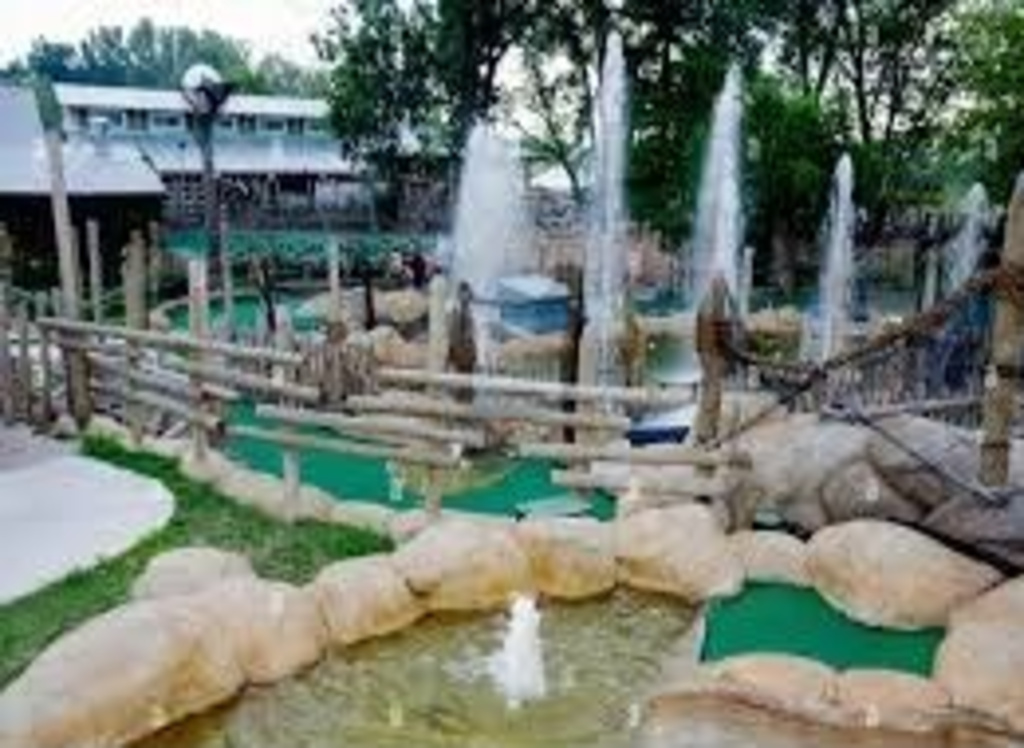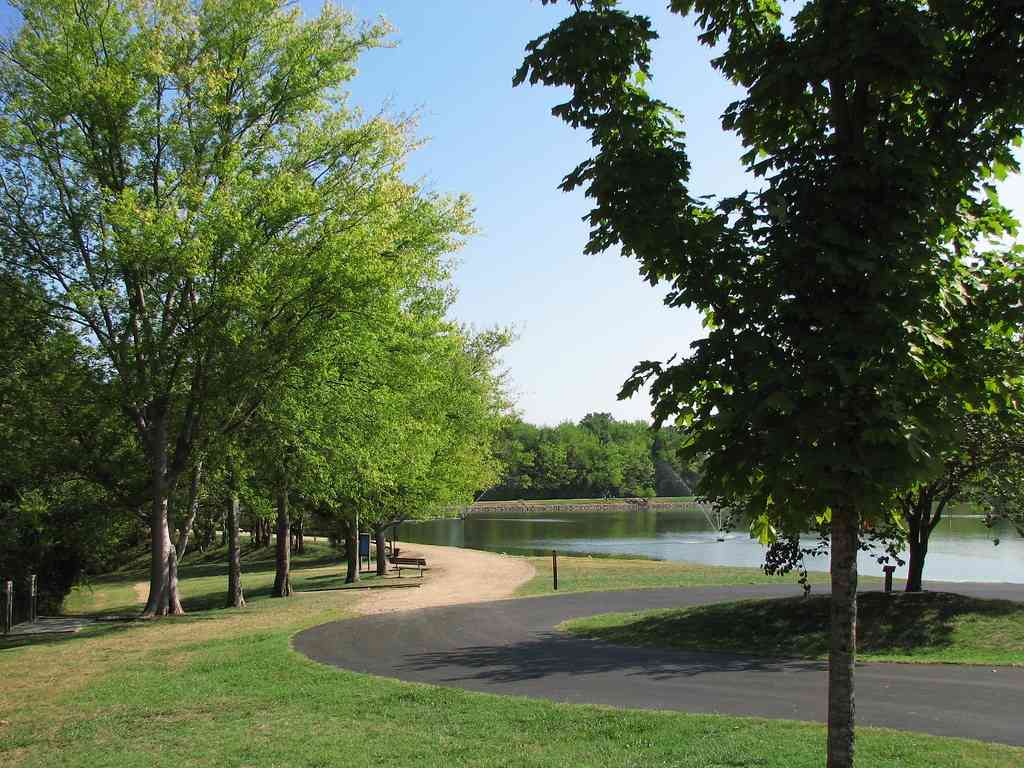
The Cape of Good Hope is a rocky headland on the Atlantic coast of the Cape Peninsula in South Africa. It is part of the Table Mountain National Park and is a popular tourist destination known for its breathtaking views and rugged coastline. The area is rich in biodiversity and is home to a variety of plant and animal species.
Wildlife and Biodiversity
The Cape of Good Hope is a haven for wildlife and boasts incredible biodiversity, making it a paradise for nature enthusiasts and animal lovers alike. From rare plant species to iconic animal residents, the Cape of Good Hope is teeming with life that is sure to captivate visitors.
Flora and Fauna
One of the most notable aspects of the Cape of Good Hope is its diverse flora and fauna. The region is home to over 1,100 plant species, many of which are endemic to the area. The fynbos vegetation of the Cape Floral Kingdom, a UNESCO World Heritage Site, is particularly unique and supports a wide variety of plant life.
Marine Life
The waters surrounding the Cape of Good Hope are equally rich in biodiversity, with a diverse array of marine life inhabiting the rocky shores and kelp forests. Visitors can witness seals basking on the rocks, dolphins frolicking in the waves, and even the occasional southern right whale breaching offshore during the winter months.
Climate and Weather
The Cape of Good Hope experiences a mild Mediterranean climate characterized by warm, dry summers and cool, wet winters. The area’s proximity to the ocean moderates temperatures, creating a temperate. The prevailing southwesterly winds bring moisture from the Atlantic Ocean, resulting in fog and mist that shrouds the landscape in a creepy yet enchanting veil.
Summer
Summer at the Cape of Good Hope is a delightful time to visit, with long, sunny days and warm temperatures perfect for outdoor activities. The summer months, from December to February, offer opportunities for hiking, beach-going, and wildlife viewing. Visitors can enjoy picnics overlooking the ocean, spotting wildflowers in bloom, and soaking up the natural beauty of the Cape.
Winter
Winter at the Cape of Good Hope brings cooler temperatures and rainy weather, creating a dramatic and atmospheric backdrop for exploration. The winter months, from June to August, are ideal for photography enthusiasts seeking moody, mist-shrouded landscapes. The Cape’s rugged coastline and rocky cliffs take on a mystical allure, with crashing waves and stormy seas adding to the wild beauty of the area.
Activities and Attractions at the Cape of Good Hope
The Cape of Good Hope is a paradise for outdoor enthusiasts, offering a variety of activities and attractions that cater to all interests. From hiking and wildlife viewing to historical landmarks and scenic drives, there is no shortage of things to see and do at this iconic destination.
Hiking and Nature Walks

One of the most popular activities at the Cape of Good Hope is hiking along the scenic trails that wind through the rugged landscape. The Cape Point Nature Reserve boasts a network of well-marked hiking trails that lead to breathtaking viewpoints, secluded beaches, and hidden coves. Visitors can explore the fynbos-covered hillsides, encounter wildlife along the way, and immerse themselves in the natural beauty of the area.
Wildlife Viewing
The Cape of Good Hope is home to a diverse array of wildlife, making it a prime spot for animal enthusiasts to observe and appreciate nature up close. Visitors may encounter baboons, Cape mountain zebras, bontebok, and ostriches roaming freely in their natural habitat.
Cape Point Lighthouse
The historic Cape Point lighthouse is a must-see attraction at the Cape of Good Hope, offering panoramic views of the surrounding coastline and ocean. Visitors can climb to the top of the lighthouse for a bird’s-eye view of the rugged terrain below, capturing unforgettable vistas of the Atlantic and Indian Oceans meeting at the Cape.
Scenic Drives and Picnicking
For a more leisurely experience, visitors can take a scenic drive along Chapman’s Peak Drive or the Cape Peninsula route, both of which offer stunning views of the coastline and mountainous terrain. Picnic spots and rest areas are scattered throughout the Cape Point Nature Reserve, providing the perfect opportunity to relax and enjoy a meal while taking in the natural beauty of the surroundings.
How to Get to the Cape of Good Hope

The Cape of Good Hope is easily accessible by car from Cape Town, with a drive of approximately 1-1.5 hours to reach the entrance of the Cape Point Nature Reserve. Visitors can follow the scenic coastal route along the M4 or M6 highways, passing through picturesque seaside towns and enjoying sweeping views of the Atlantic Ocean along the way.
Moreover, guided tours and private transfers are available for those who prefer not to drive themselves. Tour operators offer informative insights into the history, geography, and wildlife of the Cape of Good Hope, providing a memorable and hassle-free experience for visitors.
Tips for Visiting the Cape of Good Hope
- Before visiting the Cape of Good Hope, check the weather forecast and park regulations to ensure a safe and enjoyable experience.
- The terrain at the Cape can be rugged and uneven, so be sure to wear sturdy shoes and dress in layers for changing weather conditions.
- Keep a safe distance from wildlife and refrain from feeding or approaching animals to avoid potential conflicts and ensure their well-being.
- Bring plenty of water and snacks to stay hydrated and energized during your visit, especially if you plan to hike or explore the area on foot.
- Observe all park regulations, including staying on designated trails, disposing of waste properly, and respecting the natural environment to help preserve the beauty of the Cape of Good Hope for future generations.
Nearby Towns and Cities
The Cape of Good Hope is surrounded by several charming towns and cities that offer a mix of history, culture, and natural beauty. Exploring these nearby destinations provides visitors with a deeper understanding of the Cape’s rich heritage and diverse landscapes.
Cape Town
The vibrant city of Cape Town is the gateway to the Cape of Good Hope and serves as a bustling hub of activity and culture. With its iconic Table Mountain backdrop, colorful neighborhoods, and cultural attractions, Cape Town offers a blend of urban sophistication and natural beauty. Visitors can explore historic sites, dine at world-class restaurants, and shop at eclectic markets while experiencing the unique charm of this coastal metropolis.
Simon’s Town
Located along the False Bay coastline, Simon’s Town is a picturesque seaside town known for its naval history and the resident penguin colony at Boulders Beach. Visitors can stroll along the waterfront, visit historic sites like the South African Naval Museum, and enjoy close encounters with African penguins in their natural habitat.
Hout Bay
Nestled at the foot of Chapman’s Peak, Hout Bay is a laid-back fishing village renowned for its scenic beauty and outdoor activities. The bustling harbor offers fresh seafood markets, boat tours to Seal Island, and beachfront restaurants with stunning ocean views. Visitors can explore the nearby Hout Bay Market, hike in the surrounding mountains, or simply relax and soak up the coastal ambiance.
Conservation Efforts in the Area
Conservation efforts at the Cape of Good Hope are crucial for preserving the region’s unique biodiversity and protecting its fragile ecosystems. The Table Mountain National Park, which encompasses the Cape Point Nature Reserve, plays a key role in conservation initiatives aimed at safeguarding the area’s flora and fauna.
Conservation efforts in the Cape of Good Hope focus on several key areas, including:
Managing Invasive Species
Conservationists work to control and eradicate invasive plant species that threaten native vegetation and disrupt ecosystems.
Reintroducing Endangered Species
Efforts are made to reintroduce and rehabilitate endangered animal species, such as the Cape Mountain zebra, to ensure their survival in the wild.
Restoring Habitats
Restoration projects aim to rehabilitate degraded habitats, such as wetlands and fynbos areas, to improve biodiversity and ecosystem health.
Monitoring Wildlife Populations
Conservationists conduct research and monitoring programs to track wildlife populations, identify threats, and inform conservation strategies for the long-term sustainability of the area.
Myths and Legends Surrounding the Cape of Good Hope
The Cape of Good Hope is steeped in history, folklore, and myths that have captivated explorers and storytellers for centuries. From ancient seafaring legends to tales of mythical creatures, the Cape’s enigmatic charm has inspired a wealth of imaginative narratives that continue to intrigue visitors and locals alike.
The Flying Dutchman
One of the most enduring legends associated with the Cape of Good Hope is the story of the Flying Dutchman, a ghost ship doomed to sail the seas for eternity. According to legend, the Flying Dutchman is said to appear as a spectral vessel shrouded in mist, forever cursed to roam the waters near the Cape as a portent of doom.
The Ghostly Lady in Grey
Another weird tale of the Cape tells of a mysterious woman dressed in grey who is said to haunt the lighthouse at Cape Point. Legend has it that the ghostly figure of the Lady in Grey wanders the lonely cliffs and paths, her presence a harbinger of impending storms and danger for sailors and travelers.
The Cape Lion
In local folklore, the Cape Lion was believed to roam the rugged landscape of the Cape Peninsula, its fierce roar echoing through the hills and valleys. Though the Cape Lion is now extinct in the region, its mythical presence lives on in stories and legends that pay homage to the majestic predator that once roamed the Cape of Good Hope.
Conclusion
The Cape of Good Hope is a place of beauty, wonder, and mystery, where history and nature intertwine to create a truly unique experience. Whether you are a history buff, nature lover, or adventure seeker, the Cape offers something for everyone to enjoy. Visit this iconic landmark and discover the magic of the Cape of Good Hope for yourself. For more travel inspiration and detailed guides, visit Heaven Leads, your ultimate resource for discovering the world’s most breathtaking destinations.
FAQs
Is it worth visiting the Cape of Good Hope?
Absolutely! The Cape of Good Hope is a must-visit destination for anyone traveling to South Africa, offering stunning views, rich history, and unique wildlife encounters.
What are the best activities to do at the Cape of Good Hope?
Hiking, wildlife viewing, and visiting the Cape Point lighthouse are among the top activities to enjoy at the Cape of Good Hope.
Are there any tour options for visiting the Cape of Good Hope?
Yes, there are several guided tours available that offer informative insights into the history, geography, and wildlife of the Cape of Good Hope.
How can I contribute to conservation efforts at the Cape of Good Hope?
By practicing responsible tourism, supporting local conservation initiatives, and following park regulations, visitors can help protect the fragile ecosystems of the Cape of Good Hope.
What is the best time of year to visit the Cape of Good Hope?
The Cape of Good Hope can be visited year-round, but the summer months (November to March) offer warmer weather and longer days for exploring the area.








